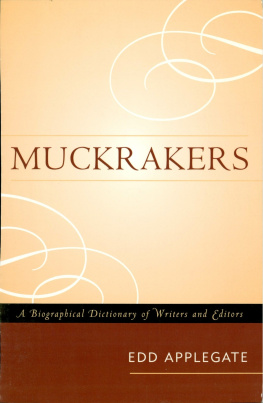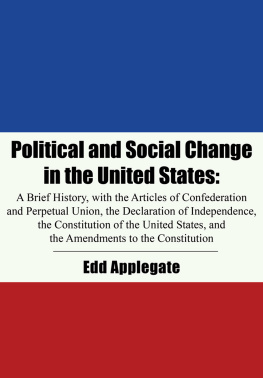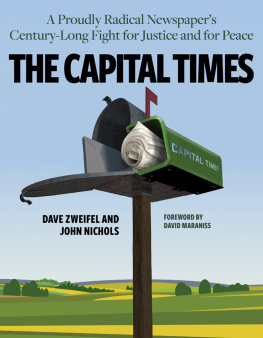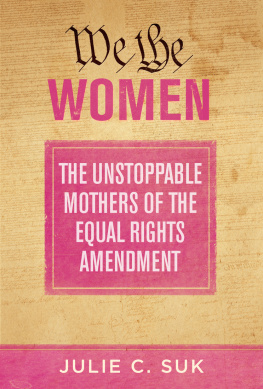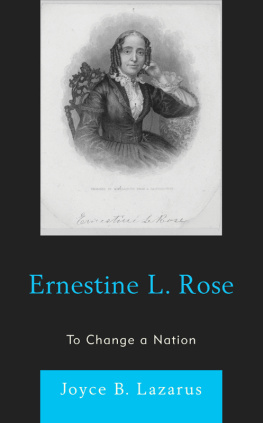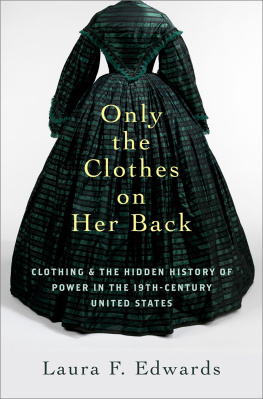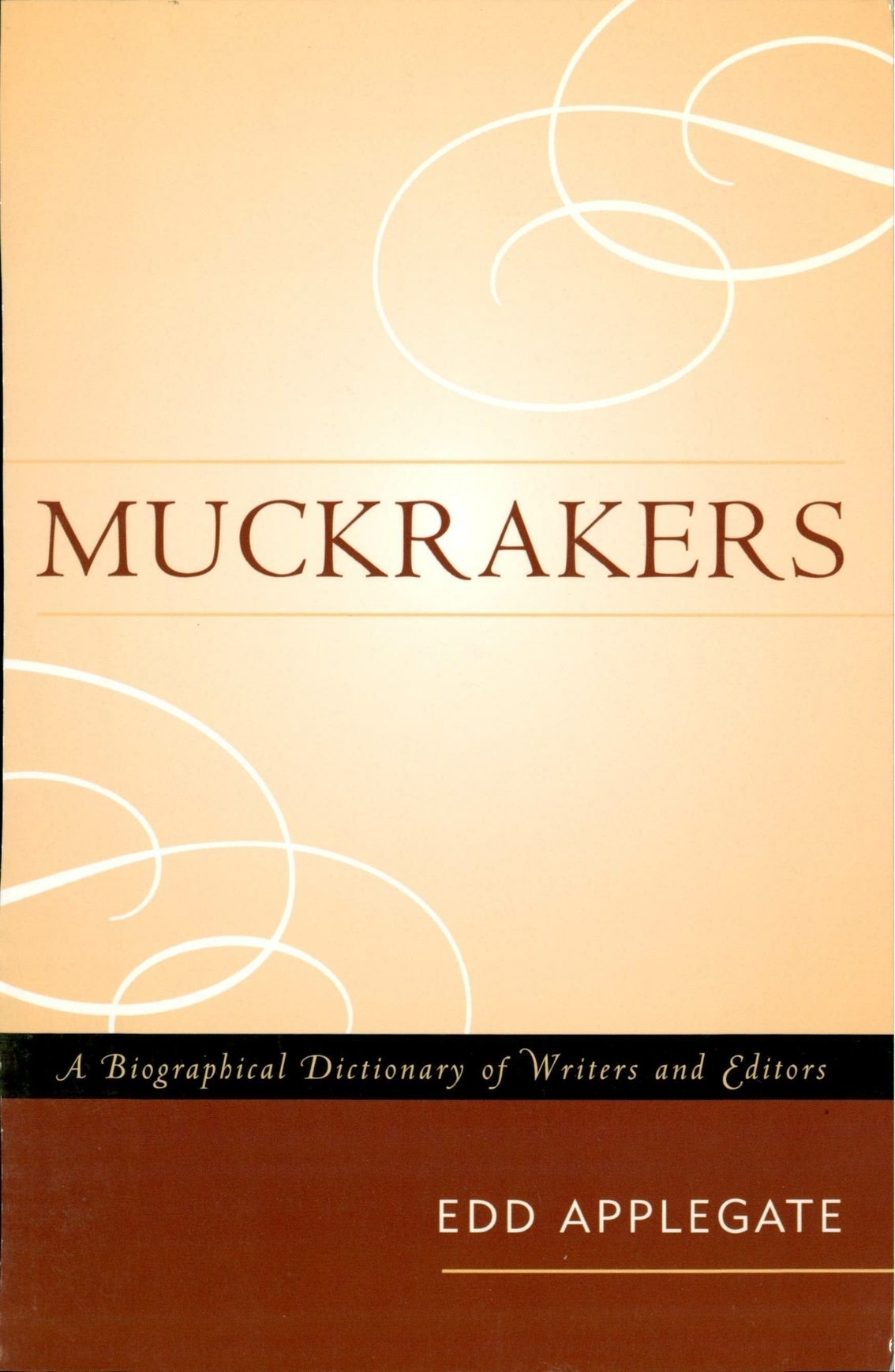Edd Applegate, a professor in the School of Journalism, College of Mass Communication, at Middle Tennessee State University, has written more than seventy-five chapters and entries for numerous books and encyclopedias, more than twenty-five articles for academic journals, and several scholarly books.
Selected Bibliography
In addition to the references at the end of each entry, the following may be helpful to the readers who wish to learn more about muckraking journalism and its practitioners:
Behrens, John C. The Typewriter Guerrillas: Closeups of 20 Top Investigative Reporters. Chicago: Nelson-Hall, 1977.
Brasch, Walter M. Forerunners of Revolution: Muckrakers and the American Social Conscience. Lanham, MD: University Press of America, 1990.
Brendon, Piers. The Life and Death of the Press Barons. New York: Atheneum, 1983.
Chalmers, David Mark. The Muckrake Years. New York: D. Van Nostrand Co., 1974.
Chalmers, David Mark. The Social and Political Ideas of the Muckrakers. New York: Citadel Press, 1964.
Cook, Fred J. The Muckrakers: Crusading Journalists Who Changed America . New York: Doubleday 1972.
Downie, Leonard. The New Muckrakers. Washington: New Republic Books, 1976.
Filler, Louis. Crusaders for American Liberalism. New York: Harcourt, Brace and Co., 1932.
Graham, Otis L., Jr. An Encore for Reform: The Old Progressives and the New Deal. New York: Oxford University Press, 1967.
Harrison, John and Harry Stein, eds. Muckraking: Past, Present and Future. University Park: Pennsylvania State University Press, 1973.
Hofstadter, Richard. The Age of Reform: From Bryan to F. D. R. New York: Alfred A. Knopf, 1955.
Mann, Arthur. Yankee Reformers in the Urban Age. Cambridge, MA: Belknap Press of Harvard University Press, 1954.
Miraldi, Robert, ed. The Muckrakers: Evangelical Crusaders. Westport, CT: Praeger, 2000.
Miraldi, Robert. Muckraking and Objectivity: Journalisms Colliding Traditions. Westport, CT: Greenwood Press, 1990.
Mott, Frank Luther. A History of American Magazines. Vol. V: 19051930. Cambridge, MA: Belknap Press, 1968.
Mott, Frank Luther. A History of American Magazines. Vol. IV: 18851905, Cambridge, MA: Belknap Press, 1957.
Mowry, George E. The Era of Theodore Roosevelt and the Birth of Modern America, 19001912. New York: Harper, 1962.
Peterson, Theodore. Magazines in the Twentieth Century. Urbana: University of Illinois Press, 1964.
Regier, C. C. The Era of the Muckrakers. Gloucester, MA: Peter Smith, 1957; originally 1932.
Serrin, Judith and William, eds. Muckraking!: The Journalism that Changed America. New York: New Press, 2002.
Shapiro, Herbert, ed. The Muckrakers and American Society. Boston: D. C. Heath, 1968.
Sullivan, Mark. Our Times: The United States, 19001925. Vols. IIV New York: Charles Scribners Sons, 19261932.
Swados, Harvey, ed. Years of Conscience. Cleveland: World Publishing Co., 1962.
Tassin, Algernon. The Magazine in America. New York: Dodd, Mead and Co., 1916.
Weinberg, Arthur and Lila, eds. The Muckrakers. New York: Simon and Schuster, 1961.
Wiebe, Robert H. The Search for Order, 18771920. New York: Hill and Wang, 1967.
Young, James Harvey. The Toadstool Millionaires: A Social History of Patent Medicines in America before Federal Regulation. Princeton, NJ: Princeton University Press, 1961.
Louis Adamic
(18991951)
LOUIS ADAMIC WAS BORN IN 1899 in Blato, in Carniola, Austria, before the region became part of Yugoslavia in 1918. Although he attended the gymnasium of Ljubljana, he was dismissed when he was fourteen for mischievous behavior. He immigrated to the United States and found employment with a Slovene language newspaper, the Glas naroda of New York City. Adamic enjoyed his work, but the newspaper collapsed and he was walking the streets within months. In order to live, he worked at odd jobsfrom sweeping floors to waiting on tables. In 1916 he joined the United States Army and served during World War I. He traveled to Panama, Hawaii, France, and throughout the United States; he became a citizen of the latter in 1918. When he was discharged in 1923, he made his home in California.
For the first few years, Adamics writing consisted of translations of South Slavic writers. Occasionally, he would submit a short story or article to a magazine, but his devotion to nonfiction and fiction did not develop until his articles were published by Haldeman-Julius publications, including the companys Little Blue Book series. Eventually his efforts were published in H. L. Menckens American Mercury, and Adamics reputation as an important contributor to American literature was established. He became friends with Carey McWilliams, Robinson Jeffers, Upton Sinclair, George Stirling, and others. His writing concerned the frustrations of working Americans, particularly the working immigrants in the United States, who he believed were suffering from feelings of insecurity and inferiority, feelings that were not unnatural for thousands who had fled from their families and homeland.
In 1931, Adamic returned to New York City and saw his first major book published. Dynamite: The Story of Class Violence in America was just that. Using his muckraking skills, Adamic recorded the senseless violence caused by American labor disputes. This book was followed by his part-fiction, part-fact autobiography Laughing in the Jungle, which was published a year later.
In 1932, Adamic visited his homeland, and in 1934 The Natives Return: An American Immigrant Visits Yugoslavia and Discovers His Old Country appeared. Instantly successful, the book catapulted Adamics literary reputation even further, but not without some criticism. Certain segments of society wrongfully accused him of having endorsed Communism for Yugoslavias welfare. Needless to say, such accusations affected him, but his determination to spread his beliefs resulted in Grandsons: A Story of American Lives and Cradle of Life: The Story of One Mans Beginnings.
Perhaps Adamics best book was published in 1938. Titled My America, it told from an immigrants perspective how the United States was striving for perfection.
For the rest of his life, Adamic devoted his time to books about Yugoslavias problems and racial instability; the problems of immigrants linked one book to another. Unfortunately, his denouncement of the Yugoslavian government and his support of Marshal Tito increased criticism. He was labeled a Communist by the media. When Titos relationship with Stalin ended in 1948, however, Adamic remained pro-Tito and after a six-month stay in Yugoslavia a year later, his attitude was strengthened. He then was criticized by Communist sympathizers.
In 1951, Adamic died from a gunshot wound; the authorities ruled that he had committed suicide.
Adamics style, like Upton Sinclairs and other muckrakers, was simple and direct, especially in My America, an expos written from a personal perspective. In this work he raised several questions and then tried to provide answers through facts.

